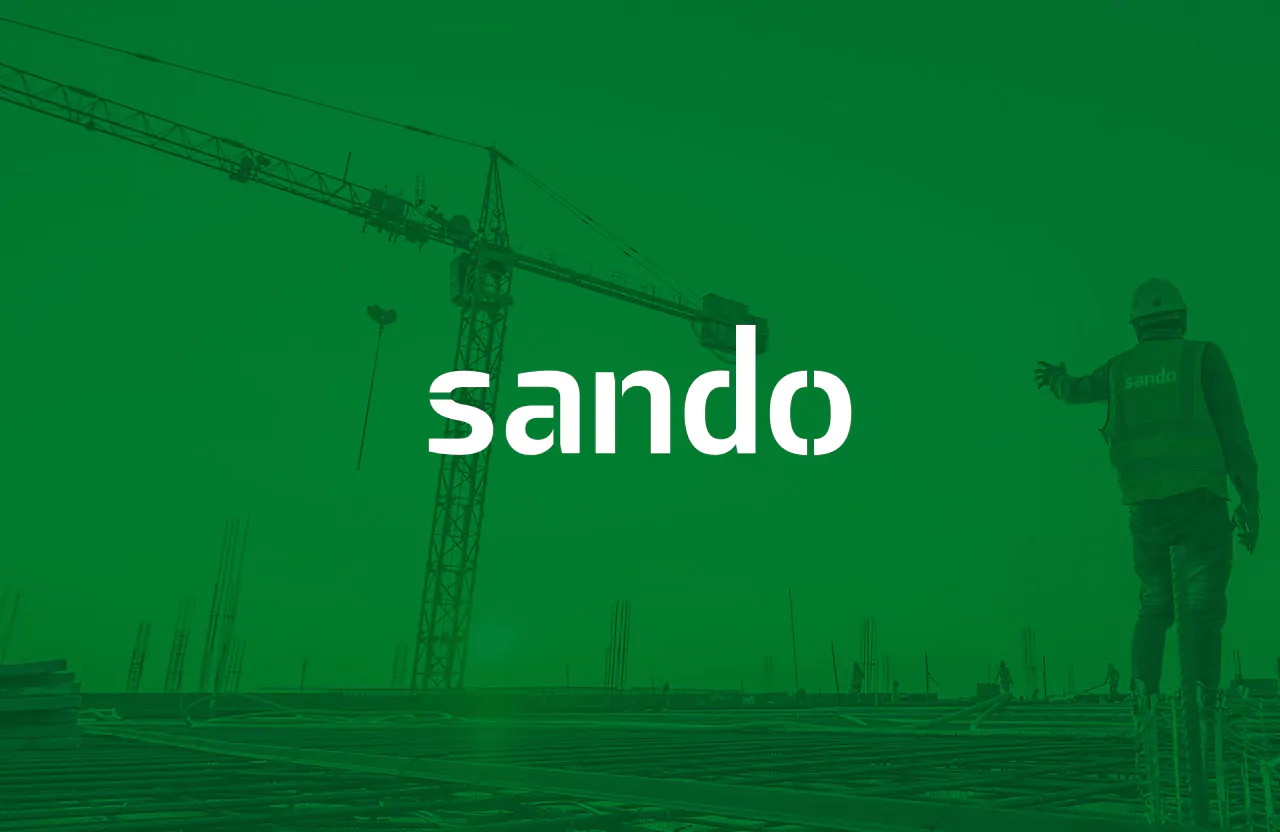
28/04/2015
The demonstration took place during a series of technical days’ events entitled “Occupational Risk Prevention and R&D” organized by the Regional Government of Andalusia.
This morning, the Sando Group of companies announced the results of the SAFE-PEMP research project to coincide with International Health and Safety at Work Day. The presentation took place during a series of technical days’ events entitled “Occupational Risk Prevention and R&D” that took place in the Occupational Risk Prevention Centre that belongs to the Regional Government of Andalusia in Malaga.
The aim of the SAFE-PEMP project is to minimize and reduce serious occupational risks when workers are carrying out jobs on mobile Elevated Work Platforms (MEWP), used a great deal in the industry. With regard to the research, an active safety system has been designed that sends a signal and warning alert if the worker is not holding on to the rails correctly or there is risk of collision, using advanced technology and highly-reliable weather-proof components capable of resisting external factors such as the inclemency of the weather or other environment factors.
The presentation of the project, which was attended by around a hundred technicians and specialists in occupational risk prevention matters, was chaired by Malaga’s Governmental Delegate for the Treasury, Innovation, Science and Employment Department, Marta Rueda and Sando´s General Director for Corporate Resources, Esther Sánchez Manzano.
The Governmental City Delegate stressed the importance of research into the field of risk prevention: “We have managed to achieve a three-fold aim of maintaining the integrity of our work teams, making savings when having to lay-off workers and also saving vast sums of money with regard to the social cost and cost to families implicated when someone is laid-off as a result of illness or an accident". Esther Sánchez also added: “In our industry and in our company, prevention is a key subject that requires constant vigilance and a proactive attitude”.
How the prototype works
During the practical demonstration, it was possible to see how the prototype created actually worked. The system incorporates mobile sensors, radio-frequency and ultra-sound, that can be adapted to any type of mobile elevated platform (MEWP), as well as to other dangerous machinery used in both the construction and industry sectors.
The prototype has been designed by a consortium of companies including Sando, Dtek and experts from Malaga University, and it is in the process of being patented. This device can send signals and preventive warning alerts via the mechanisms a worker holds on to and when there is a risk of collision.
The first of these, works when the operator climbs on to the platform basket and the system can detect if the safety harness has been attached. Once a few seconds have passed and the harness has not been anchored, the system activates an acoustic alarm and a flashing light to warn the actual operator who is on the platform. If this situation continues for a few seconds more, the device automatically sends an e-mail to the ground controllers’ mobile telephones on the building site or work place. Both the activation time and the time for sending e-mail messages can be adjusted accordingly.
Also, an anti-collision system that activates when the basket starts to move or swing out of line, and can detect the presence of obstacles that may be out of the operator’s eye-reach or that can detect if a worker gets too close to an obstacle when not paying proper attention. In this way, when the platform basket gets too close to an obstacle, the prototype activates a signal warning the actual platform operator by means of an acoustic alarm and a simultaneous flashing light.
During the presentation, the Director for Occupational Risk Prevention, Federico Artola, highlighted the importance of being able to control safety measures for workers, even when this cannot be done directly due to work being carried out at height. “With the SAFE-PEMP project, the fact that a simultaneous written message is sent to those in charge of building work on the ground, is of vital importance, should individual protection equipment not be used appropriately, such as would be the case if the security harness hadn’t been anchored securely to the machinery".
Information about Sando
Sando, this year celebrating 40 years since the first company of the group was set up, has significantly increased its participation in research projects and expanded its R&D department. This project, along with previous projects, has given the group a new challenge in conjunction with other private and public institutions.
Sando’s R&D department has five research lines: Construction and New Equipment, Geomatics, the Environment, Prevention and Conservation. The company has a valid certificate in line with UNE 166002 regulations for its R&D Management System, This only goes to show how much effort the company has made to improve service quality. The aim of the certificate, approved by Aenor for the management task system, is to encourage new ideas, assess any such ideas and design mechanisms to put them into practise as well as to incorporate innovation into daily company management tasks.